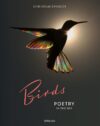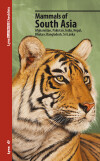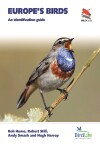New Book: Warblers and Other Songbirds of North America: A Life-size Guide to Every Species
June 15, 2017 | Comments (0)
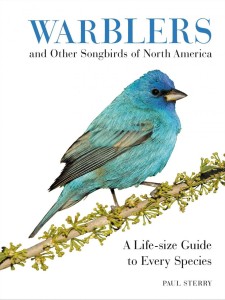 Warblers and Other Songbirds of North America: A Life-size Guide to Every Species
Warblers and Other Songbirds of North America: A Life-size Guide to Every Species
by Paul Sterry
From Harper Design:
A stunning full-color photographic field guide of 285 species of North American songbirds and warblers, captured in glorious life-sized detail and featuring concise descriptions, location maps, and useful facts for both experienced birdwatchers and armchair ornithologists alike.
Birds such as the Acadian Flycatcher, Golden-crowned Kinglet, Indigo Bunting, Northern Mockingbird, Pyrrhuloxia, Rock Wren, Song Sparrow, Tree Swallow, and the Yellow Throated Warbler are known for their elaborate songs produced by their highly developed vocal organs. Warblers and Other Songbirds of North America is a breathtaking collection of 285 species of these beautiful, melodious creatures, the largest number of species in a single field guide about North American songbirds.
Arranged by region and taxonomic order, every songbird is depicted life-sized; each photograph is accompanied by a short description with essential information on identification and the particular species, habits, and behavior. Every species entry also includes a map showing where the species can be found, as well as a fact grid listing key details such as common and scientific name, length, food, habitat, status, and voice. Inside you’ll find fun facts, including:
- Songbirds are members of the order Passeriformes, the most varied group of birds both in terms of numbers of species and diversity of appearance and habit preferences.
- Songbirds have feet that allow them to perch with ease, with three toes pointing forward and one facing back.
- Songbirds are extremely vocal; some male species are among the finest songsters in the bird world.
Every photograph is gloriously detailed and chosen to show each species’ unique identification features and typical postures. Packed in a convenient portable size, Warblers and Other Songbirds of North America is ideal for the experienced birdwatcher, the aspiring naturalist, and every bird lover.
“Life-size” guides seem to be a trend, this is the third such book in as many years (see also Life-Size Birds and Hummingbirds: A Life-size Guide to Every Species). This one, though, works a little better than its predecessors. It’s visually stunning and can actually work as an identification guide. However, despite the title, it does not include every songbird that regularly occurs in North America (north of Mexico).
Warblers and Other Songbirds of North America: A Life-size Guide to Every Species
by Paul Sterry
Hardcover; 352 pages
Harper Design; May 16, 2017
ISBN: 9780062446817
$29.99
Buy from NHBS
(based in the U.K.)

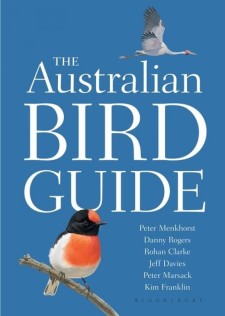 The Australian Bird Guide
The Australian Bird Guide
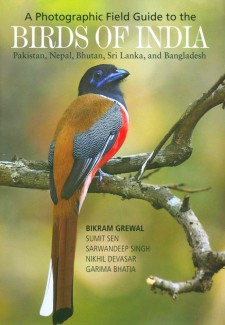 A Photographic Field Guide to the Birds of India, Pakistan, Nepal, Bhutan, Sri Lanka, and Bangladesh
A Photographic Field Guide to the Birds of India, Pakistan, Nepal, Bhutan, Sri Lanka, and Bangladesh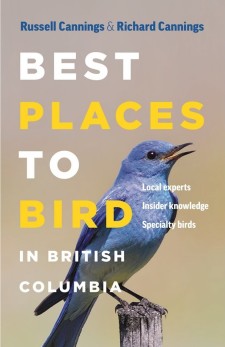 Best Places to Bird in British Columbia
Best Places to Bird in British Columbia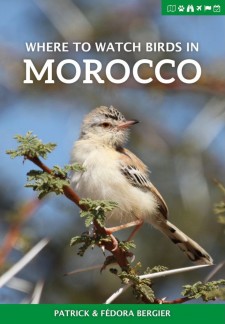 Where to Watch Birds in Morocco
Where to Watch Birds in Morocco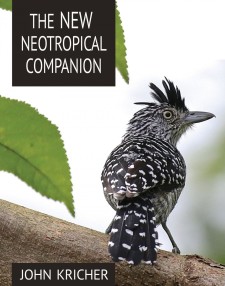 The New Neotropical Companion
The New Neotropical Companion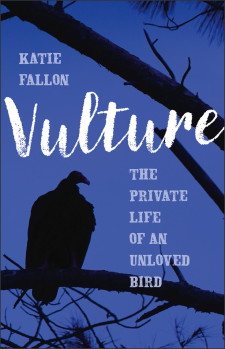 Vulture: The Private Life of an Unloved Bird
Vulture: The Private Life of an Unloved Bird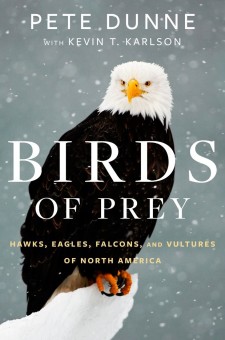 Birds of Prey: Hawks, Eagles, Falcons, and Vultures of North America
Birds of Prey: Hawks, Eagles, Falcons, and Vultures of North America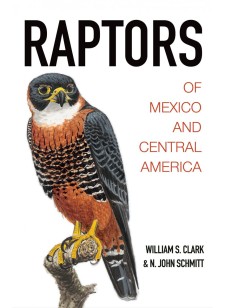 Raptors of Mexico and Central America
Raptors of Mexico and Central America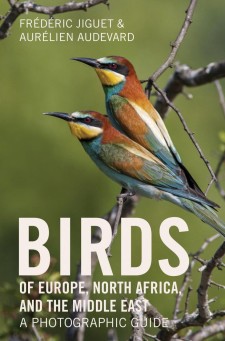 Birds of Europe, North Africa, and the Middle East: A Photographic Guide
Birds of Europe, North Africa, and the Middle East: A Photographic Guide



